A selection from the architect’s notebooks and drawings, including sketches from his European travels as well as early drafts and finished renderings of his buildings.
One day, as a small boy, I was copying the portrait of Napoleon. His left eye was giving me trouble. Already I had erased the drawing of it several times. My father leaned over and lovingly corrected my work. I threw the paper and pencil across the room, saying “now it is your drawing, not mine.” Two cannot make a single drawing. I am sure the most skillful imitation can be detected by the originator. The sheer delight in the act of drawing has its way in the drawing and that also is a quality that the imitator can’t imitate. The personal abstraction, the rapport between subject and the thought also are unimitatable.
In the presence of Albi [Cathedral], I felt the belief in the choice of its architectural elements, and what exhilaration and patience were combined to begin it and work toward its completion. I drew Albi from the bottom up as though I were building it. I felt the exhilaration. The patience it took to build, one didn’t need, for I drew it without bothering about corrections or correct proportions. I wanted only to capture the excitement in the mind of the architect.
As notations in music reveal structure and composition for hearing, the plan is the score that reveals the structure and the composition of spaces in natural light.
The plan expresses the limits of Form. Form, then, as a harmony of systems, is the generator of the chosen design. The plan is the revelation of the Form. To an architect the whole world exists in his realm of architecture … when he passes a tree he does not see it as a botanist but relates it to his realm. He would draw this tree as he imagined it grew because he thinks of constructing. All the activities of man are in his realm, relating themselves to his own activity.
A few years ago I visited Carcassonne. From the moment I entered the gates, I began to write with drawing, the images that I learned about now presenting themselves to me like realized dreams. I began studiously to memorize in line the proportions and the living details of these great buildings. I spent the whole day in the courts, on the ramparts, and in the towers, diminishing my care about the proper proportions and exact details. At the close of the day I was inventing shapes and placing buildings in different relationships than they were.
The editors chose several sketches of mood and development of a few projects rather than isolated drawings of a greater number of projects. Such a decision appeals to the architect who starts, like the writer and the painter, with a blank piece of paper upon which he imprints the gradual steps in the development of something he wants to make exist. The sketchbooks of painter, sculptor, and architect should differ. The painter sketches to paint, the sculptor draws to carve, and the architect draws to build.
Reflect on the Pantheon, which is recognized as one of the greatest of buildings. Its greatness has many facets. It is the realization of a conviction that a building could be dedicated to all religions and that this ritual free space can be given expression. It presents a belief of a great man, which led to its design as a nondirectional domed space. If architecture may be expressed as a world within a world, then this building expresses it well, even refining it, by placing the oculus, the only window, in the center of the dome. This building had no precedents; its motivation was clear and full of belief. The force of its “wanting to be” inspired a design equal to its desires in form.
Today, building needs an atmosphere of belief for the architect to work in. Belief can come from recognizing that new institutions want to emerge and be given expression in space. New beliefs come with new institutions that need to be expressed as new spaces and new relationships. The architectural realizations sensitive to the institutions’ particular form would set a new precedent, a new beginning. I do not believe that beauty can be deliberately created. Beauty evolves out of a will to be that may have its first expression in the archaic. Compare Paestum with the Parthenon. Archaic Paestum is the beginning. It is the time when the walls parted and the columns became and when music entered architecture. Paestum inspired the Parthenon. The Parthenon is considered more beautiful, but Paestum is still more beautiful to me. It presents a beginning within which is contained all the wonder that may follow in its wake. The column as a rhythm of enclosure and opening and the feeling of entering through them to the spaces they envelop is an architectural spirit, a religion that still prevails in our architecture today.
A space can never reach its place in architecture without natural light. Artificial light is the light of night expressed in positioned chandeliers not to be compared with the unpredictable play of natural light. The places of entrance, the galleries that radiate from them, the intimate entrances to the spaces of the institution form an independent architecture of connection. This architecture is of equal importance to the major spaces though these spaces are designed only for movement and must therefore be designed to be bathed in natural light. This Architecture of Connection cannot appear in the program of areas—it is what the architect offers the client in his search for architectural balance and direction.
The client asks for areas, the architect must give him spaces; the client has in mind corridors, the architect finds reason for galleries; the client gives the architect a budget, the architect must think in terms of economy; the client speaks of a lobby, the architect brings it to the dignity of a place of entrance.
Architecture deals with spaces, the thoughtful and meaningful making of spaces. The architectural space is one where the structure is apparent in the space itself. A long span is a great effort that should not be dissipated by division within it. The art of architecture has wonderful examples of spaces within spaces, but without deception. A wall dividing a domed space would negate the entire spirit of the dome.
The structure is a design in light. The vault, the dome, the arch, the column are structures related to the character of light. Natural light gives mood to space by the nuances of light in the time of the day and the seasons of the year as it enters and modifies the space.
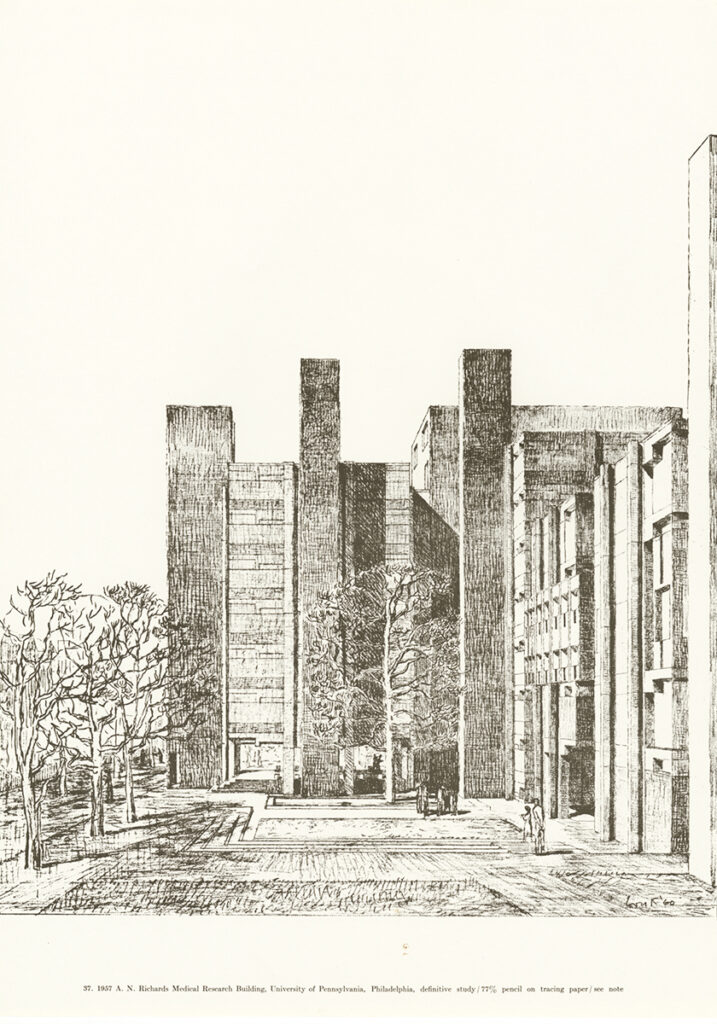
1957 A.N. Richards Medical Research Building, University of Pennsylvania, Philadelphia, definitive study, pencil on tracing paper.
In Gothic times, architects built in solid stones. Now we can build with hollow stones. The spaces defined by the members of a structure are as important as the members. These spaces range in scale from the voids of an insulation panel, voids for air, lighting and heat to circulate, to spaces big enough to walk through or live in. The desire to express voids positively in the design of structure is evidenced by the growing interest and work in the development of space frames. The forms being experimented with come from a closer knowledge of nature and the outgrowth of the constant search for order. Design habits leading to the concealment of structure have no place in this implied order. Such habits retard the development of an art. I believe that in architecture, as in all art, the artist instinctively keeps the marks that reveal how a thing was done. The feeling that our present day architecture needs embellishment stems in part from our tendency to fair joints out of sight, to conceal how parts are put together. Structures should be devised that can harbor the mechanical needs of rooms and spaces. Ceilings with structure furred in tend to erase scale. If we were to train ourselves to draw as we build, from the bottom up, when we do, stopping our pencil to make a mark at the joints of pouring or erecting, ornament would grow out of our love for the expression of method. It follows that it would become intolerable to hide the source of lighting and unwanted ducts, conduits and pipe lines by pasting acoustical material over structure. The sense of structure of the building and how the spaces are served would be lost. The desire to express how it is done would filter through the entire society of building, to architect, engineer, builder, and craftsman.
Excerpt from The Notebooks and Drawings of Louis I. Kahn. The book was originally published in 1962, and will be reissued along with a new Readers Guide by Yale University Press this April.
from The Paris Review https://ift.tt/QzLJix0
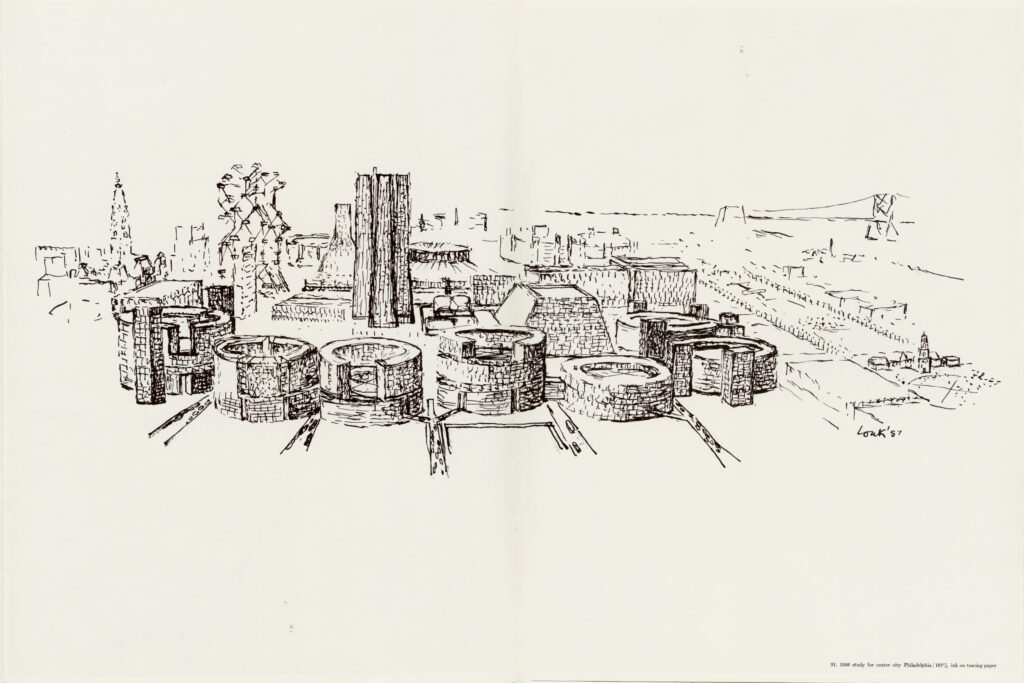
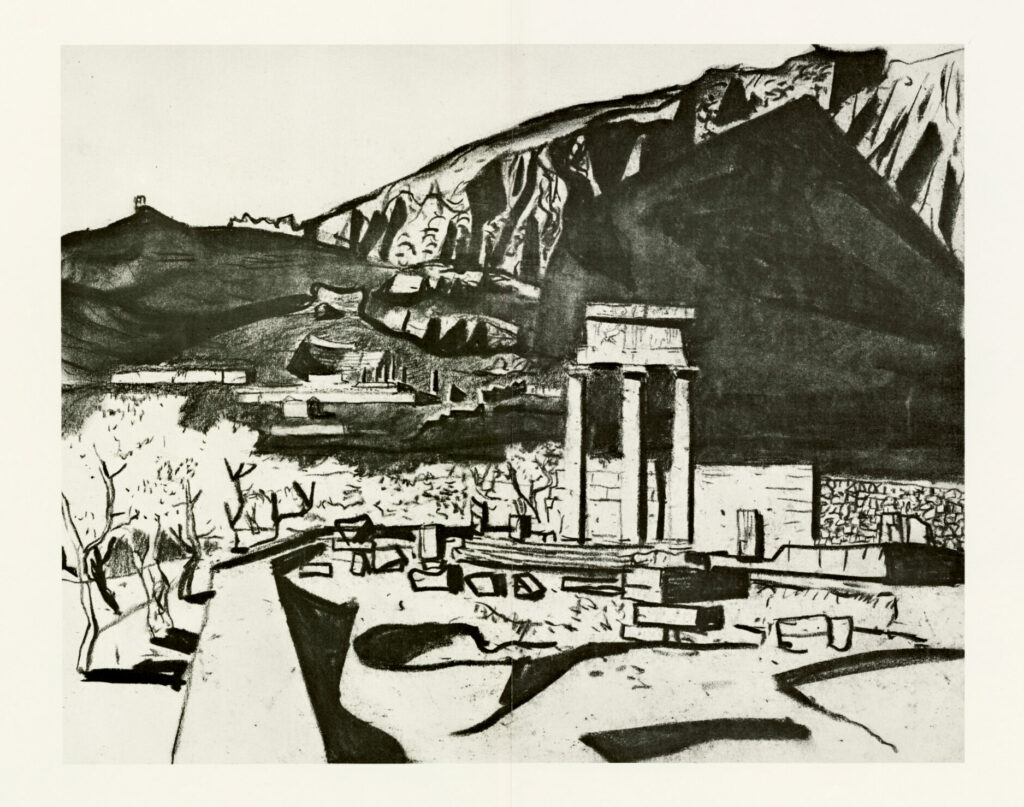
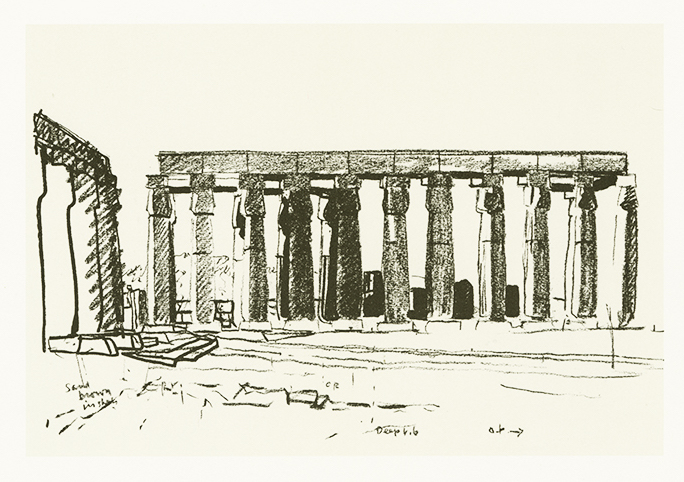
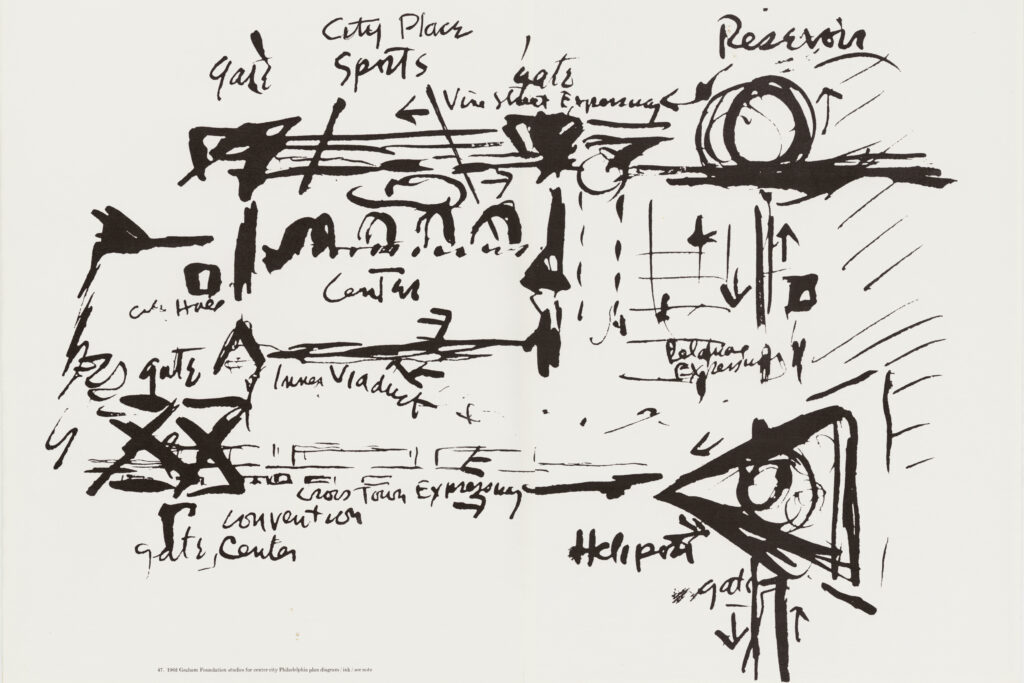
Comments
Post a Comment